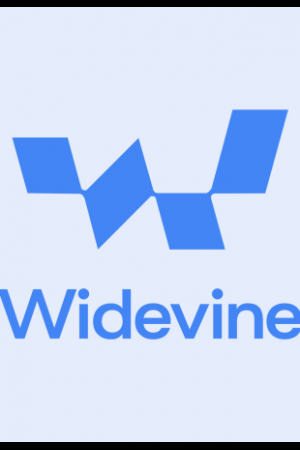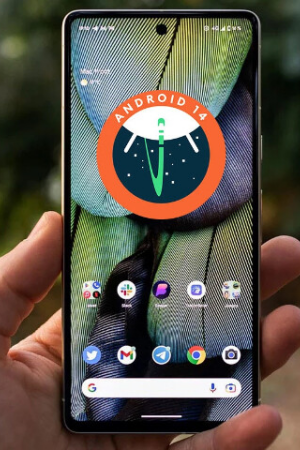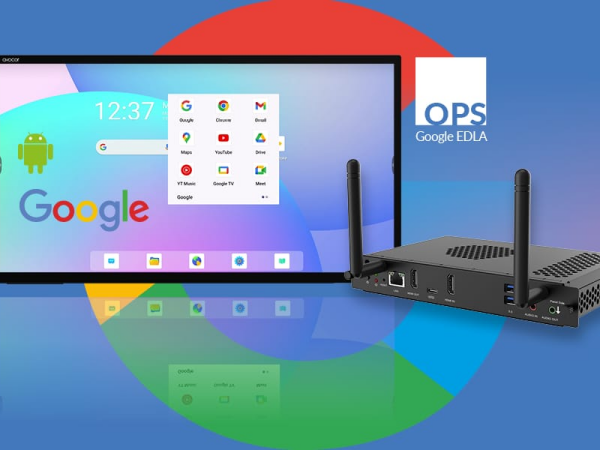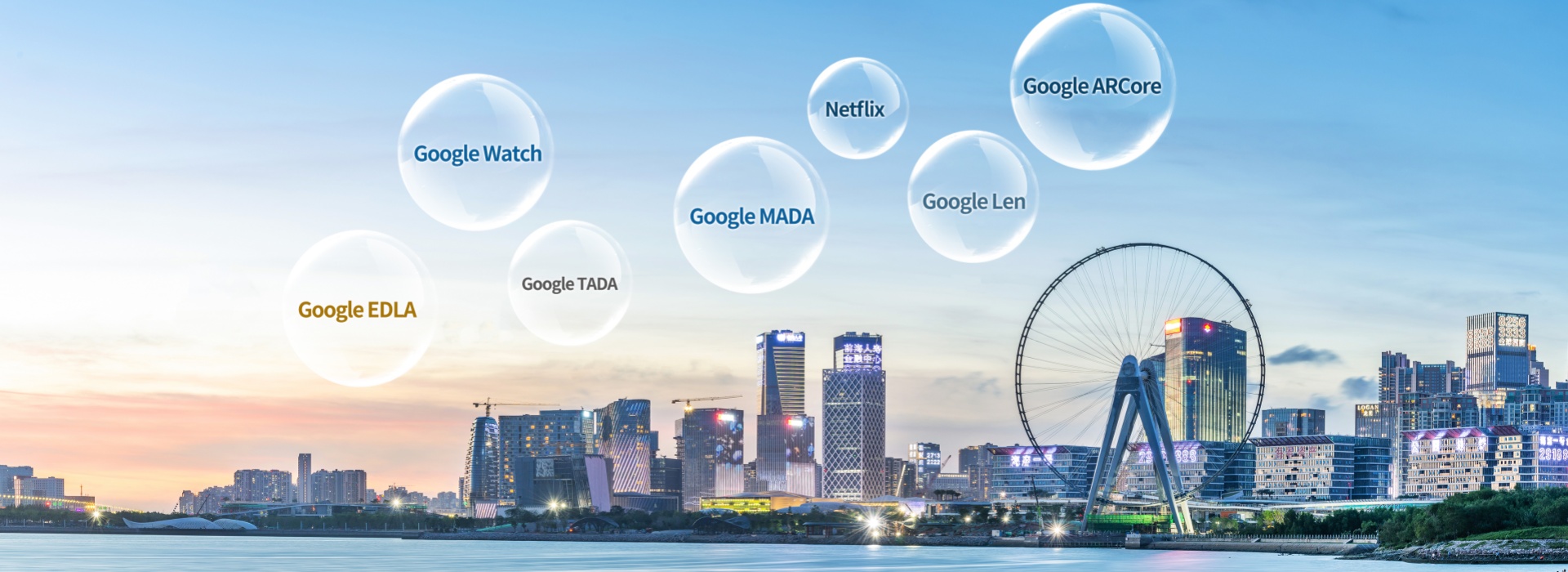Deeplight Technology Co., Ltd | Widevine DRM L1 Certification Services for Linux-Based Devices
1. What is Widevine DRM L1 Certification?
Widevine DRM L1, short for Widevine Digital Rights Management Level 1, is a digital content protection technology developed by Google. It secures the transmission, storage, and playback of digital content such as video and audio through encryption, authorization verification, and tamper-proof mechanisms to prevent illegal copying and piracy.
Currently, Google’s Widevine solution dominates over 70% of the global market and is widely adopted by major streaming platforms such as Netflix, Disney+, and YouTube Premium. Widevine includes three security levels: L1 (highest), L2, and L3. The higher the level, the more robust the security. Devices eligible for Widevine certification primarily run on Android, Linux, or Chrome OS.

2. Widevine Certification Process and Timeline for Linux Systems
1. Eligibility Confirmation for chipsets, OS, and devices (1–2 weeks)
2. Project Initiation & Key Issuance (1–4 weeks)
3. Integration by the Applicant, including CDM code and Widevine key integration
4. Initial Testing conducted by Deeplight (1–2 weeks)
5. Validation Testing (1–2 weeks)
6. Google Review and Approval (4–6 weeks)
3. Key Differences Between Linux and Android in Widevine Certification
Testing Requirements: Android devices must pass CTS (Compatibility Test Suite), which Deeplight supports with an established test environment, engineers, and tools. Linux devices do not require CTS.
Player Compatibility: Android AOSP devices are equipped with ExoPlayer, which includes streaming and DRM license server URLs required for certification. Linux systems lack a native player like ExoPlayer. Thus, manufacturers must implement their own player capable of:
Playing encrypted MPEG-DASH streams
Integrating Widevine CDM
Requesting DRM licenses via URL
Supporting offline key playback
Device Types: Android certification typically targets integrated devices (TVs, tablets), while Linux certification is suited for more fragmented categories such as embedded systems, desktops, and servers.
4. Test Scope for Widevine L1 Certification on Linux Devices
Linux-based Widevine L1 testing primarily includes:
Integration Test Matrix
Encryption Module Validation
5. Required Documentation for Widevine L1 Certification
To initiate the Widevine L1 certification process, the following materials are needed:
1. Application Specification Sheet – includes detailed device and CDM (Content Decryption Module) information for evaluation
2. Signed MLA Agreement (Widevine Master License Agreement)
3. Chipset Information
4. Four Sample Devices and supporting accessories for testing
6. Why Obtain Widevine L1 Certification?
1. Mandatory Requirement for Major Streaming Platforms
Widevine L1 certification is a prerequisite for accessing premium streaming services like Netflix, YouTube, and Disney+. Devices without certification are either blocked or limited to low-resolution playback of encrypted content.

2. Compatibility Assurance
The certification process includes compatibility testing with other major DRM systems (e.g., Microsoft PlayReady, Apple FairPlay) and ensures seamless operation across Android, Linux, and ChromeOS platforms.
3. Competitive Market Edge
L1-certified devices offer higher content quality and security, giving them a significant advantage in markets demanding high-definition playback and compliance with digital content distribution standards.
Deeplight has successfully helped numerous companies in the TV, automotive, tablet, smartphone, and video service sectors obtain Widevine certification and acquire large volumes of Widevine keys. We also offer assistance with other Google-related certifications including MADA, EDLA, TADA, as well as Netflix and Prime Video testing services.
Feel free to contact us to discuss your project requirements.
Recommended items
-

Detailed Explanation of DRM Widevine L1, L2, L3 and Its Relationship with Google GMS Certification
Widevine is Google‘s Digital Rights Management (DRM) technology, widely used in the video streaming industry (e.g., Netflix, Disney+, YouTube Premium, etc.) to protect high-value content from illegal copying or distribution. The core goal is to ensure that content is only played on authorized devices and in legitimate user scenarios through encryption and permission control. Widevi...View more -

Detailed Introduction to Google GMS Certification and Android 14 EDLA Certification
EDLA (Enterprise Device Licensing Agreement) is a licensing agreement introduced by Google specifically for enterprise-grade devices. It is part of the GMS (Google Mobile Services) certification framework and is applicable to devices with screens larger than 18 inches, devices without batteries, or those intended for enterprise users, such as commercial display tablets, digital sig...View more -

Android 16 Release & GMS Certification Timeline Update: Major Changes to MADA/EDLA Device Certification Deadlines
Android 16 was officially released on June 10, 2025! There are major changes to the certification deadlines for MADA/EDLA devices. The timelines differ between New DEVICE and New S/W BUILD certifications, with particular emphasis on the unique deadline for Android 16 MADA certification — the time window is significantly shorter compared to previous versions. Ther...View more -

Deeplight Google EDLA testing actual project experience sharing and Google EDLA certification detailed process
Are Google Android system devices certified by MADA or EDLA? What is the difference between EDLA and MADA?What is EDLA authorization and what is MADA authorization?EDLA certification processView more




